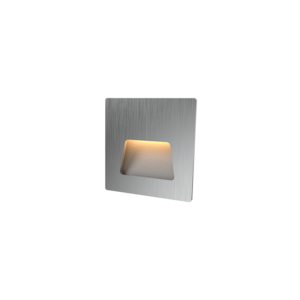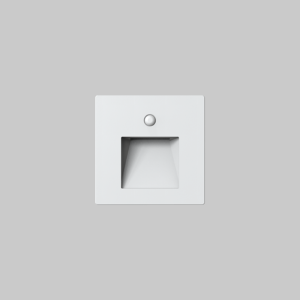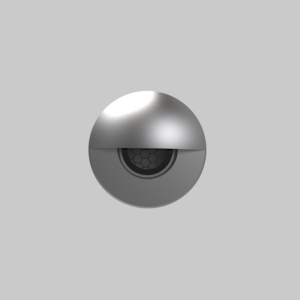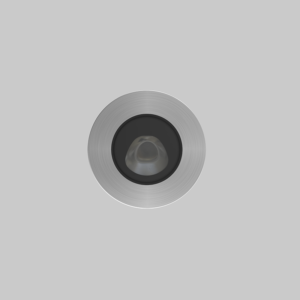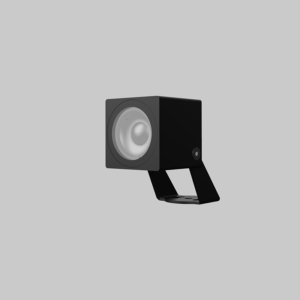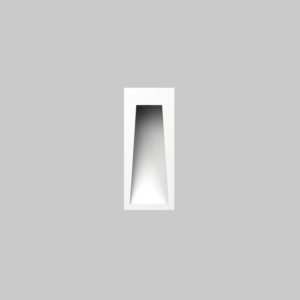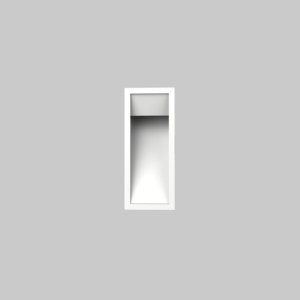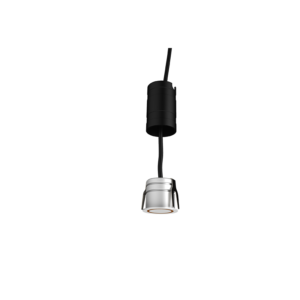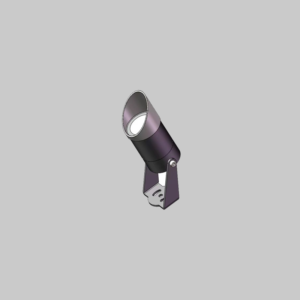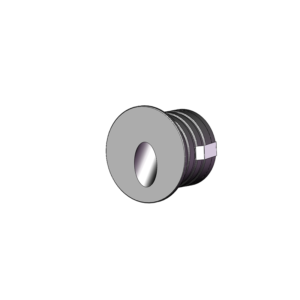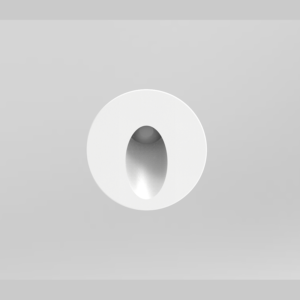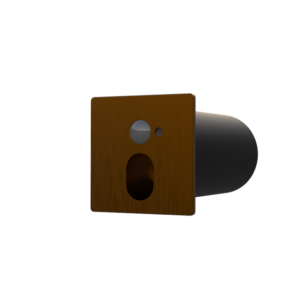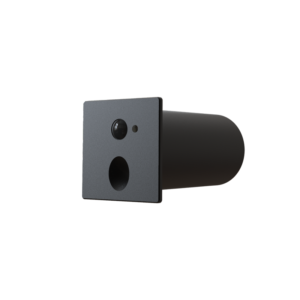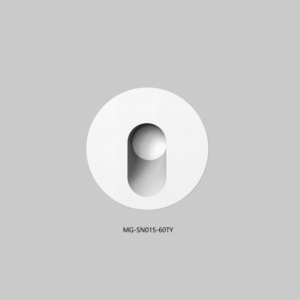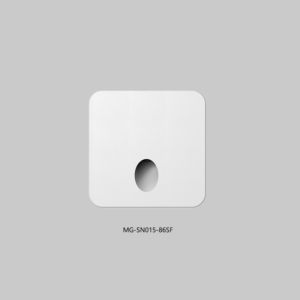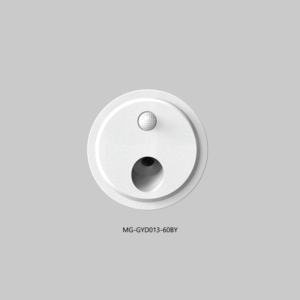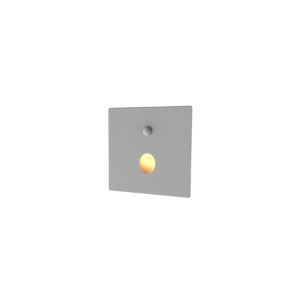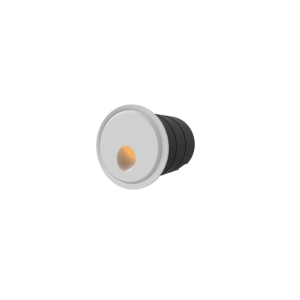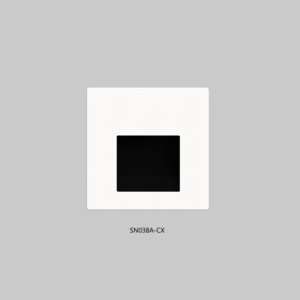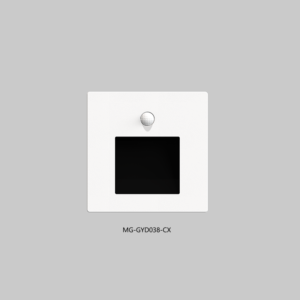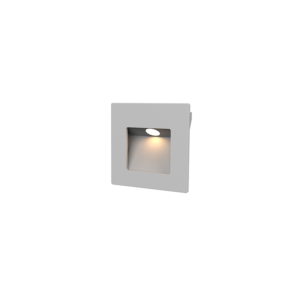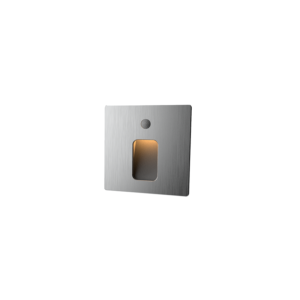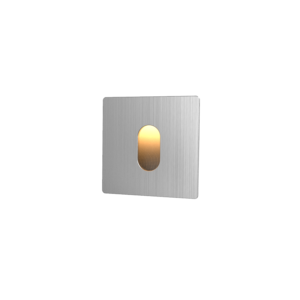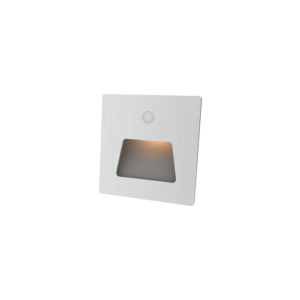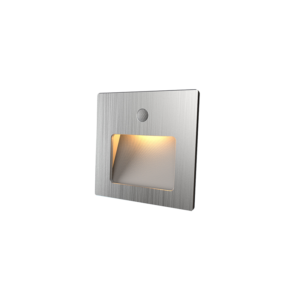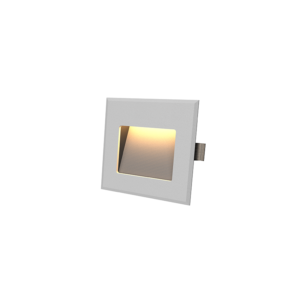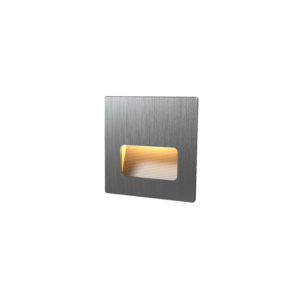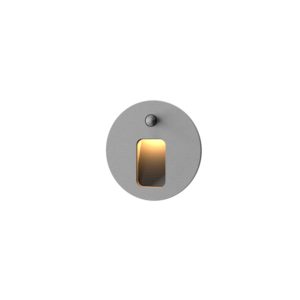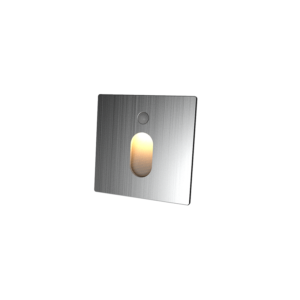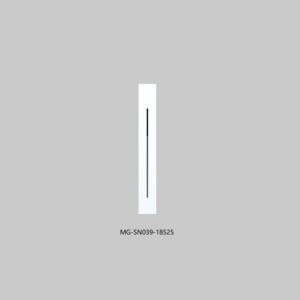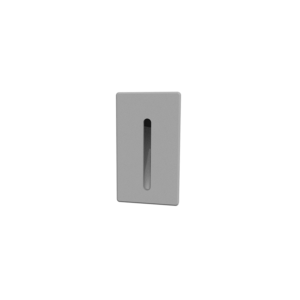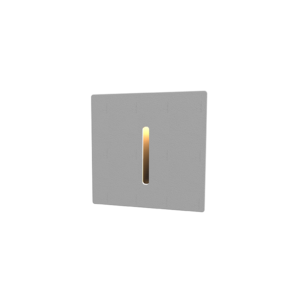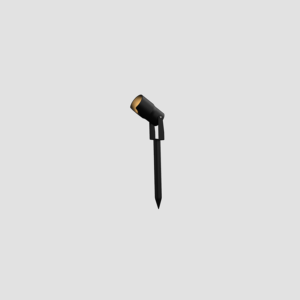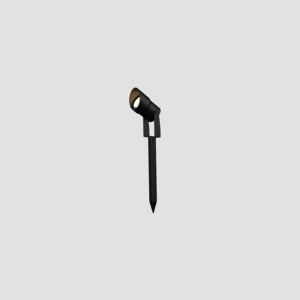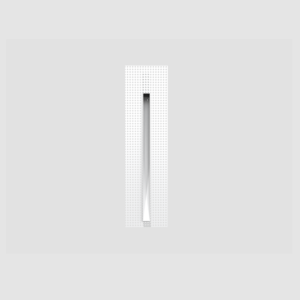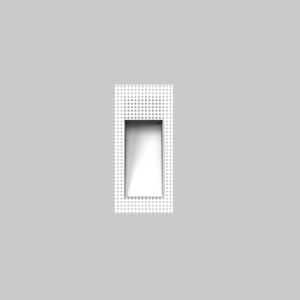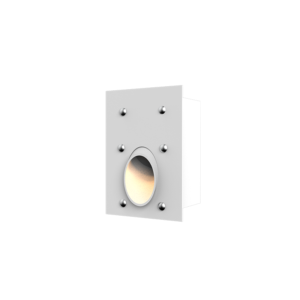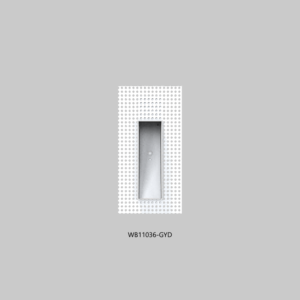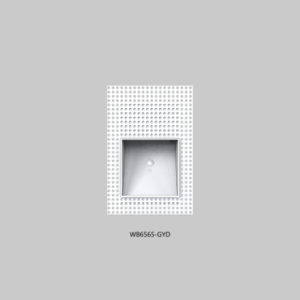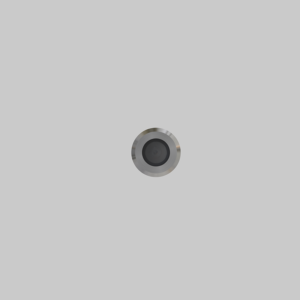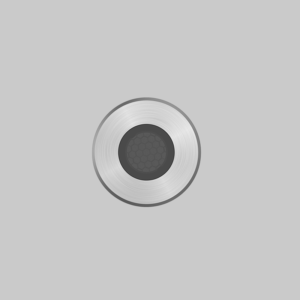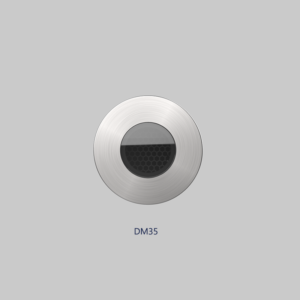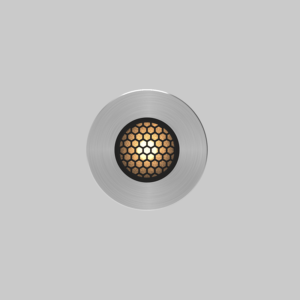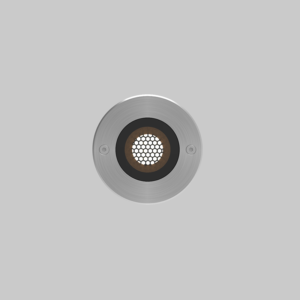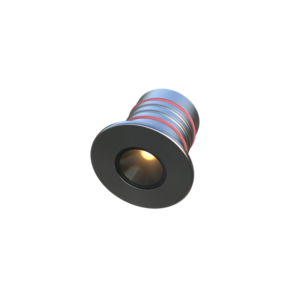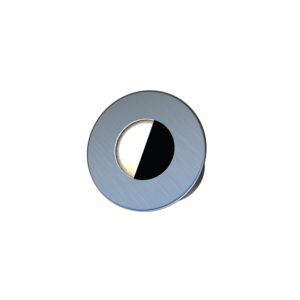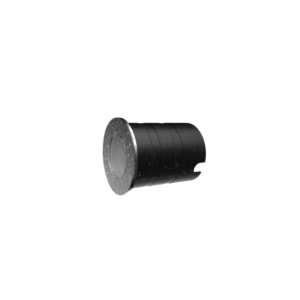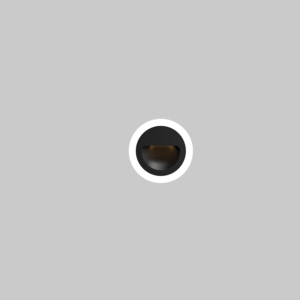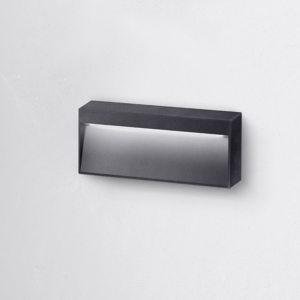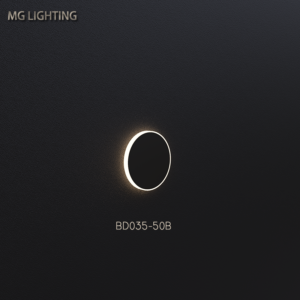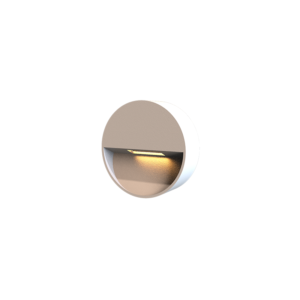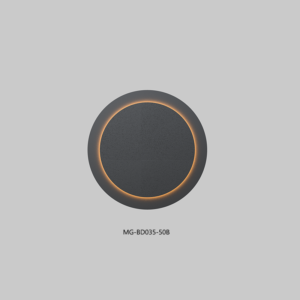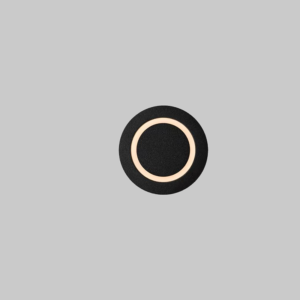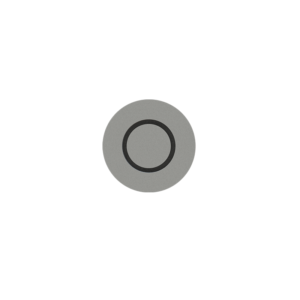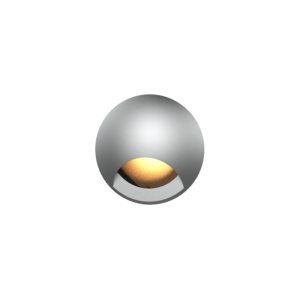Lighting Design for Five-Star Hotels
Generally speaking, we categorize the lighting design schemes for five-star hotels into the following categories: entrance lighting design, lobby and front desk lighting design, elevator lobby lighting design, banquet hall lighting design, guest room corridor lighting design, guest room lighting design, meeting hall/multi-function hall lighting design, as well as lighting design for recreational areas and self-service restaurants, etc.
I. Lighting Design for the Lobby of a Five-Star Hotel
The reception hall emphasizes strong decorative elements in its spatial design. The lighting in the main lobby area can be customized based on the height and shape of the space, using different lighting schemes to enhance spatial depth. The decorative elements on the ceiling can incorporate hidden light strips to enrich the spatial texture. Natural lighting can be considered, and when using artificial lighting, it is important to ensure harmony with the overall decorative environment. The central lobby area typically features decorative items, which can be illuminated using grid-mounted downlights to create a striking contrast with the lobby’s background lighting.
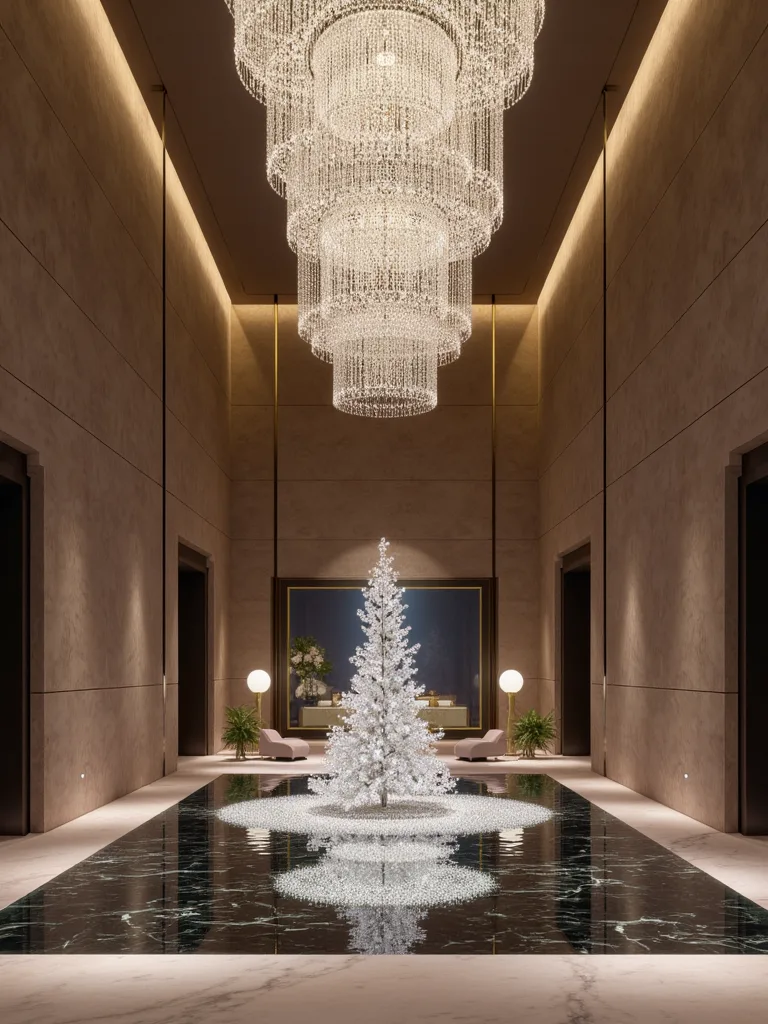
Main lighting fixtures required for the hotel reception hall:
- According to decorative requirements, large chandeliers, floral lamps, and unique fixtures are generally used to highlight the hotel’s style.
- Embedded recessed spotlights are generally used for a starry sky arrangement, and dimming equipment is recommended.
- Lighting markers are installed as needed to guide customers.
Lighting design parameters:
- Illuminance: 300–500 lux
- Color temperature: 3000-4300K
- Color rendering index (CRI): Ra ≥ 85
II. Lighting Design for the Lobby Lounge Area of a Five-Star Hotel
The primary function of the lounge area is to accommodate customers’ brief waiting and resting periods, which do not require high brightness. The illuminance requirement is 200 lux, and dimming should be installed to achieve energy-saving objectives during the evening. Lighting design must consider both functionality and aesthetics, with moderate brightness and layered lighting effects, emphasizing the integration of decorative style with lighting.

Main lighting fixtures required:
- Ceiling lights, pendant lights, or recessed lights, which can be uniformly arranged throughout the lobby. Natural light should be fully utilized for top sampling to achieve energy-saving, environmentally friendly, and healthy objectives.
- Table lamps or column lamps can be installed behind sofas.
- When flower beds are present, lights should be installed to illuminate the plants.
Lighting design parameters:
- Illuminance: 300–500 lux
- Color temperature: 3000-4300K
- Color rendering index (CRI): Ra ≥ 85
III. Lighting Design for the Front Desk Area in a Five-Star Hotel Lobby
The lighting above the front desk should be concealed. It should have high color rendering, warm tones, and downward illumination to ensure guests can clearly see the documents they are signing. The downward lighting should be softened to create a warm and comfortable atmosphere in the front desk area.
Additionally, lighting at the front desk should avoid glare entering the eyes of staff and guests, while also preventing light from reflecting onto computer screens. Chain hotels should enhance the illumination of their chain logos and background walls. Five-star hotel reception areas are generally larger, so attention should be paid to highlighting their decorative style characteristics. The design and color of lighting fixtures should align with the decorative environment.
Main lighting fixtures used:
- Recessed lights installed on the ceiling
- Recessed spotlights above the counter
- Each service counter has a lighted sign, such as the registration desk or information desk.
- Small recessed lights are often installed at the bottom of the outer side of the service counter
Lighting design parameters:
- Illuminance: 750-1000 lux
- Color temperature: 3000-4300 K
- Color rendering index (CRI): Ra ≥ 90
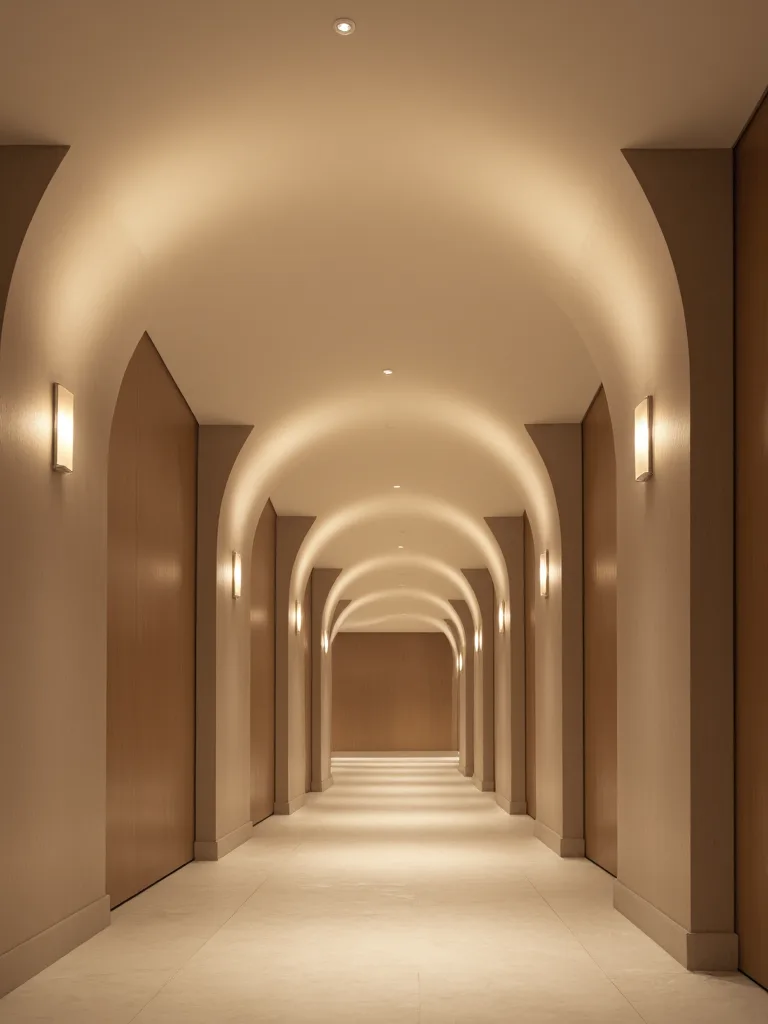
IV. Lighting Design for Hotel Room Corridors in Four- and Five-Star Hotels
Generally, hotel corridors are flanked by guest rooms and typically lack natural light, so 24-hour lighting is essential. Corridor lighting design must consider both aesthetic requirements and energy-saving factors for lighting products. In my opinion, hotel corridor lighting fixtures should use energy-efficient lamps with good color rendering, and only the lights illuminating room doors need to remain on late at night.
Additionally, to alleviate the oppressive and monotonous feel of corridors, light partitions are often used to illuminate walls and objects in the corridor, breaking up the original length and making it more interesting. Floor lamps can also be installed at a height of 20-30 centimeters above the ground, serving as guides after other lighting fixtures are turned off at night.
Lighting Design Parameters:
- Illuminance: 75-100 lux
- Color temperature: 3000-4000K
- Color rendering index: Ra ≥ 80
V. Interior Lighting Design for Five-Star Hotel Guest Rooms
Guest rooms can be considered the core of a five-star hotel. For travelers, the guest room serves as a temporary home, fulfilling multiple functions such as a bedroom, study, and living room. Therefore, guest room lighting should fully consider these factors and adopt warm color tones to create a warm and comfortable environment.

The author recommends avoiding wall lamps in guest rooms. While wall lamps can decorate the room and liven up the atmosphere, they are not conducive to equipment updates or furniture adjustments. Especially when wall lamp positions are not installed accurately or lighting fixtures are poorly selected, they can appear out of sync with the interior design.
The bathroom is a crucial part of the guest room. Bathrooms typically use recessed downlights, which must have waterproof and moisture-resistant functions. Bathroom lighting should be installed outside the bathroom door. Guest rooms should have a centralized control panel at the bedside, and a dedicated power outlet for the refrigerator and charging outside the entrance. All power sources except for general lighting should be equipped with energy-saving controllers.
Additionally, guest rooms require lighting that is easy to control, allowing for nearby on/off functionality and adjustable brightness. Guest room lighting control should adhere to the principles of convenience and flexibility, utilizing different control methods.
Specific operational methods:
- Entryway corridor lights should use dual control switches, installed on both the entrance side and the bedside cabinet.
- Bathroom light switches should be installed on the exterior wall outside the bathroom door.
- The dimming switch for the bedside and the floor night light switch are installed on the bedside table.
- The switch for the vanity light can be installed on the bedside table with dual control.
- The floor lamp uses its own switch and dual control at the bedhead.
- The switch for the curtain box light is installed on the wall near the curtains and can also be installed on the bedside table with dual holes.
Note: Many five-star hotel rooms also have energy-saving control switches that manage all appliances except the refrigerator, achieving the goal of turning off lights when no one is present for safety and energy savings. Use light sources below 3500K in bedrooms and above 3500K in bathrooms. Warm tones are preferred in bedrooms, while higher color temperatures are used in bathrooms to emphasize cleanliness and freshness.
VI. Lighting Design for Bathrooms in Five-Star Hotel Rooms
The lighting in hotel guest room bathrooms should be soft and uniform, combining general lighting with mirror lighting to create a fresh and clean atmosphere while meeting local lighting requirements. Use fog-proof downlights or ceiling lights for basic lighting, and combine energy-saving downlights with fog-proof ceiling lights for local lighting, with a relatively high illuminance requirement (300 lux).
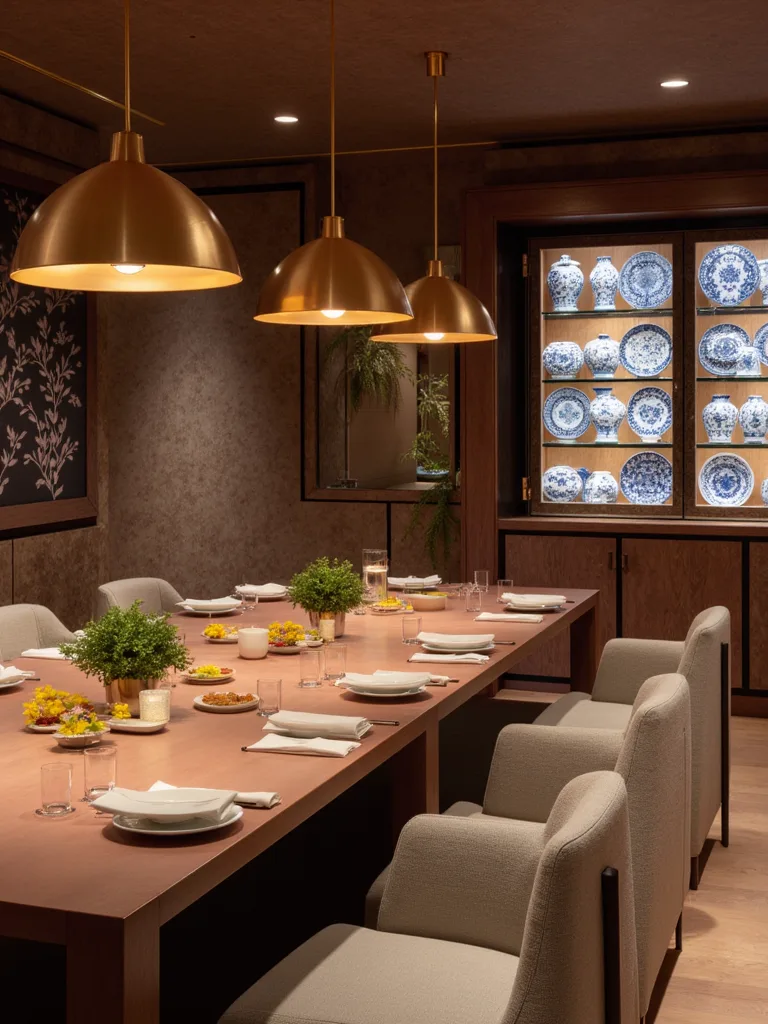
Ceiling lights can be installed directly above the toilet for reading, while fog-proof downlights are used for basic lighting above the bathtub. Localized lighting for the sink can be achieved using downlights or spotlights; mirror lighting should have an illuminance of over 280 lux, with light sources preferably being incandescent lamps or trichromatic fluorescent lamps.
Main lighting fixtures used:
- Corridors: recessed downlights
- Bedside: Table lamps, wall lamps, track lights, spotlights, recessed lights
- Dressing table: Wall lamps, recessed lights
- Writing desk: Table lamps, wall lamps
- Guest area: Floor lamps
- Curtain box lights: Fluorescent lights
- Bathroom ceiling lights: Ceiling-mounted lights and recessed lights
- Bathroom recessed lights: Fluorescent lights or recessed lights
Lighting design parameters:
- Illuminance: 150-200 lux
- Color temperature: 3000-4300 K
- Color rendering index: Ra ≥ 80
VII. Lighting Design for Chinese Banquet Halls in Five-Star Hotels
Banquet halls are primarily used for business receptions or formal banquets, so the overall lighting atmosphere should be solemn and welcoming. Compared to Western-style restaurants, the general lighting illuminance should be significantly higher and uniformly distributed. By arranging point light sources, strip light sources, or various types of decorative lights, excellent lighting requirements can be met.
To highlight the quality and color of dishes in an appealing manner to stimulate appetite, table surface lighting is a priority. High-color-rendering light sources should be used to create focused lighting above each table. If focused lighting cannot be provided above every table, the general lighting illuminance should be designed to be higher.
Main lighting fixtures used:
- Uniformly distributed overhead lighting, typically in the form of perimeter recessed lights or segmented recessed lights
- Atmosphere-enhancing recessed lights, typically perimeter recessed lights and segmented recessed lights
- Some wall sconces may be installed
- Display case lighting to highlight the freshness of food
- Decorative elements such as murals, plants, or sculptures may be featured. Spotlights may be installed as needed
- The convenience store should have counter lighting.
Lighting design parameters:
- Illuminance: 200–300 lux
- Key lighting areas: 400 lux
- Color temperature: Approximately 3000 K
- Color rendering index (CRI): Ra ≥ 90
VIII. Lighting Design for the Western Restaurant in a Five-Star Hotel
Unlike Chinese banquet halls, Western restaurants in five-star hotels are primarily used for informal gatherings. The overall atmosphere of a Western restaurant should be warm and romantic. Compared to Chinese restaurants, Western restaurants have lower requirements and do not need to emphasize overall brightness. However, extensive accent lighting can be used to create a warm dining environment and conducive communication atmosphere, enhancing the overall ambiance of the restaurant.
Additionally, due to the informal nature of dining, there is no need for lighting that highlights facial expressions; however, the focused lighting on the dining table surface must still make the dishes vibrant and attractive, and allow diners to easily access them, so color rendering is very important.
Lighting Design Parameters:
- Illuminance: 50–100 lux
- Focused Lighting Zone: 100–150 lux
- Color temperature: Around 3000K
IX. Lighting Design for Business Areas/Conference Halls in Five-Star Hotels
Considering the functional requirements of conference rooms, the overall brightness of the space should be ensured to facilitate smooth meetings while enhancing participants’ attention. We have considered presentations and projections, so lighting should be controlled via separate circuits. When projecting slides, some lights should be turned off to ensure clear projection. For star-rated hotel meetings, overall lighting should be the primary approach, with the podium area relatively independent. Recessed lights and grid lights can be used to create an appropriate atmosphere for the podium.
Lighting design parameters:
- Illuminance: 400–500 lux
- Key lighting zone: 200–300 lux
- Color temperature: 4200 K
- Color rendering index: Ra ≥ 80
X. Lighting Design for Hotel Multi-Purpose Halls/Multi-Purpose Banquet Halls
Multi-purpose halls should adopt luxurious architectural lighting to enhance the hotel’s prestige. Currently, large-scale multi-purpose halls often use metal halide lamps with good color rendering and high luminous efficiency. The lighting design for multi-purpose halls should also accommodate events of varying scales, such as banquets, cultural performances, and exhibitions.
Therefore, lighting design must include dimming capabilities, with incandescent lamps, halogen lamps, and dimmable fluorescent lamps equipped with adjustable electronic ballasts. The lighting design for multi-purpose halls must also consider the needs of cultural and entertainment performances, exhibitions, fashion shows, and banquets.
Common main lighting fixtures:
- Large combination fixtures, recessed downlights, perimeter or layered slot lights, wall sconces, track lights, podium spotlights
- Luxury ceiling fixtures, performance lighting, and photography lighting
Lighting fixture design parameters:
- Illuminance: 300–500 lux
- Color temperature: 4200K
- Color rendering index (CRI): Ra ≥ 80
Conclusion
The above is the complete lighting design scheme for a five-star hotel, including lighting design schemes and fixture requirements for the lobby, banquet hall, restaurant, business meeting hall, and multi-function hall. Those with relevant needs may refer to this scheme, and any unclear points may be discussed in detail with the author.

